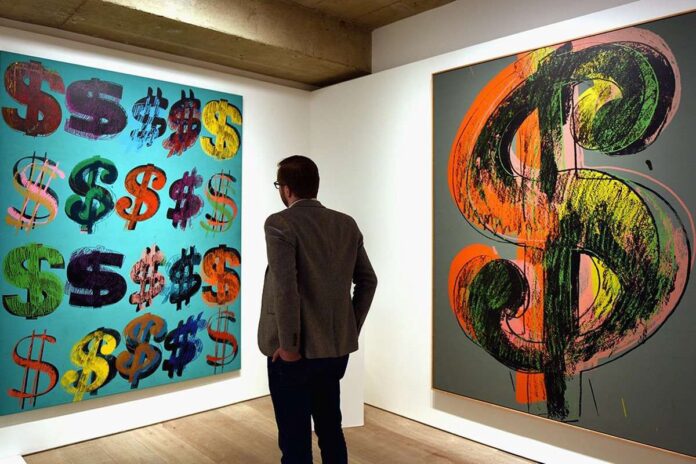Would you like to invest in art for fun or profit? The idea of investing in art may seem very frightening, but this is not a reason to give up. You have to start somewhere! We want to give you some valuable tips on how to invest in fine art, and will open the gates to the world of art investment.
- Define your financial means
First of all, we advise you to take a look at the financial resources at your disposal before you start investing in art. It is important to set the maximum amount you are willing to invest in art. This way you will be able to direct your research to work that meets your budget. If your funds are limited you can focus your research on emerging artists and make a few smaller investments on pieces that cost a hundred or thousand euros, slowly building a small collection of paintings, sculptures, photographs, drawings, prints, engravings or lithographs.
- Gain experience
One of the best tips on how to invest in fine art is to gain experience! Going to museums, exhibitions and contemporary art fairs will be definitely a good idea. By considering examples of various artistic techniques, you will quickly acquire knowledge and improve your taste.
- Trusting in your taste
Investing in art should be enjoyable and you should let your taste in art guide you in your purchases. Once you fall in love with an artist’s work, you are on the right way.
- Never forget that the art market is constantly changing
An artist who is popular now may become unpopular overnight. It is important to invest in art by several artists, even if you really love a certain artist’s work.
- Figuring out the real price of an artwork
This is an important factor when you are new to investing in art. The art market presents works of art in a wide price range,. It is sometimes difficult for a beginner to understand how much a particular work should cost. When determining the price, certain criteria must be taken into account, such as the size of the work, the technique used, the amount of time that, according to the artist, it took to create it, etc.
- Purchasing very high-quality art without any defects
The average beginner in investing in art does not have the means at hand to purchase very large works by famous artists. The solution is to invest in high-quality numbered prints by famous artists in limited editions.
- Require a certificate of authenticity
A work of art must be accompanied by a document called a certificate of authenticity. The art market is full of fakes and counterfeits.
- Enhance your artwork
Showcase your pieces in order to give them even more depth and interest. Think of a place where they will look good together and finishing touches that will enhance their beauty.
- Ask individuals and experts who have experience
Support during the final decision making process is key. An art dealer can give you advice and help you select the right piece or refer you to other possible pieces of art to invest in.
- Develop a long-term relationship with a reliable gallery
Many passionate professionals will be happy to guide you and help you through the process.

























